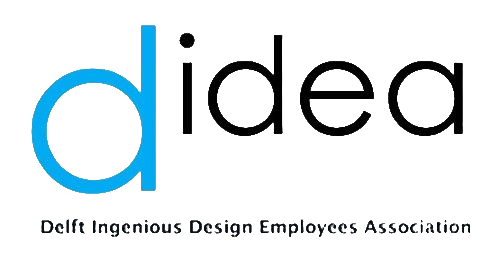Group Design Project of the Chemical Product Design team composed by Bhavya Goyal, Gabriela Hadiwinoto, Kleopatra Papamichou, Yuyang Tian, Zerui Zhang.
Do you know that gastrointestinal issues can lead to Alzheimer’s? In fact, when the small intestine is invaded by bacteria, not only the digestive system is ruined, but the whole body is affected. This challenging topic was addressed in the Group Design Project of 5 trainees from Chemical Product Design track: Bhavya, Gabriela, Kleopatra, Yvonne (Yuyang) and Zerui. The initiator was the B12 Institute, a Rotterdam-based non-profit organization which helps patients with vitamin B12 deficiencies. The aim of the project was to provide a comprehensive treatment plan to improve the intestinal health of B12 deficient patients. The project focused on the small intestine bacterial overgrowth (SIBO), a condition where the small intestine, which is normally almost sterile from bacteria, gets overpopulated.
The diagnosis of SIBO is difficult since it is not so openly accepted as a disease. The direct sampling of the intestinal fluids is also difficult, so one has to rely on indirect evidence. SIBO appears to be the most important cause of irritable bowel syndrome (IBS, a symptom-based diagnosis) since it was found that they are related in 80% of the cases. The trainees, using chemical engineering logics, found that SIBO results in production of bacterial toxins and leads to vitamins and nutrients deficiencies, which could be used to identify its presence.
The proposed treatment consists of 3 parts: 1) suppress bacterial overgrowth, 2) reduce bacterial toxins production and 3) restore the balance of gut microbiome. Diet was found to have a strong effect on the production of bacterial toxins. To suppress bacterial overgrowth, antibiotics were recommended, together with supplements of multifunctional natural substances. Throughout the project, the trainees found traces of other disorders such as oxidative stress, which is responsible for Schizophrenia, Parkinson’s, diabetes, and others. In conclusion, the project could be extended to those directions, to provide more solutions to other important disorders.
